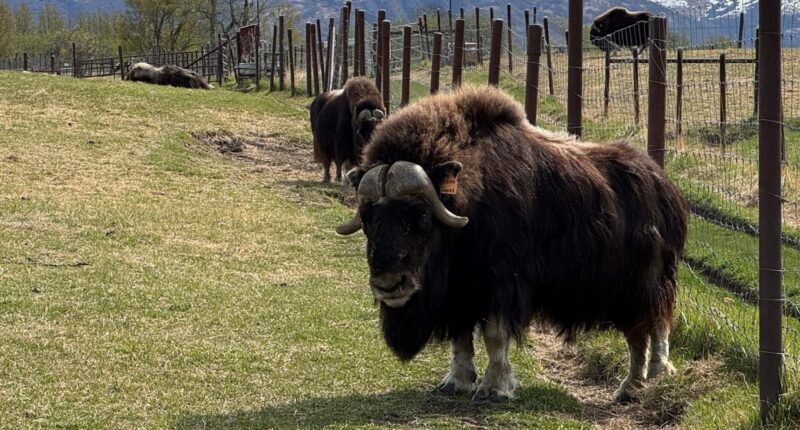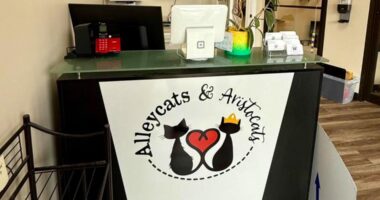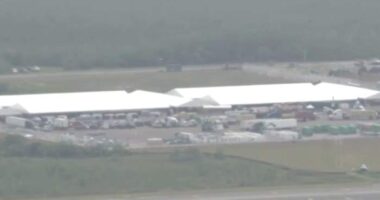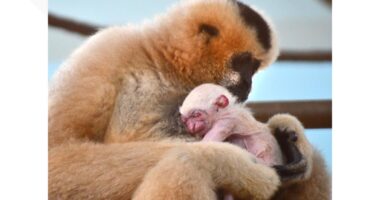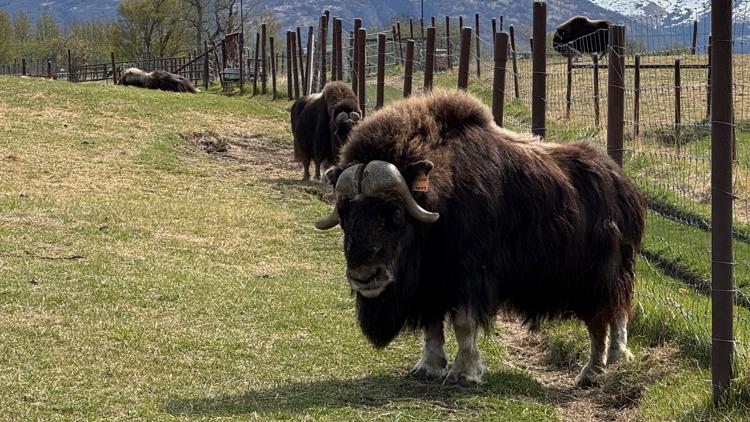
It is a tradition that now stretches over three generations.
PALMER, Alaska — It is one of Alaska’s favorite Mother’s Day traditions, getting up close and personal with animals that have survived the ice age.
All mothers will receive a daisy and free entry this Sunday at the Musk Ox Farm in Palmer, just an hour’s drive from Anchorage. Visitors will get to see 75 musk oxen from the herd, including three young calves finding their footing. One of the highlights is an elderly bull named Trebek, in honor of the late “Jeopardy!” host Alex Trebek, who supported the farm.
“Who wouldn’t want to celebrate Mother’s Day with a musk ox mom and the cutest calf you’ve ever seen?” said Mark Austin, the executive director of the farm.
For the Musk Ox Farm, Mother’s Day marks the beginning of the summer season. The farm, with roots dating back to 1964 and previously located in several spots, settled in Palmer in 1986.
That move put it on Alaska’s limited road system, provided easier access to grazing land than in tundra communities and it to incorporate educational opportunities at the farm facility, which is dwarfed by the the Talkeetna and Chugach mountain ranges.
“When we opened the doors here, we started doing Mother’s Day as a grand opening every year,” Austin said.
He called it a natural decision, celebrating mothers with cute, newborn baby musk oxen on the grounds. So far this year, three baby musk oxen have been born and are on display, and more could be on the way.
Mother’s Day is the busiest day of the year, attracting more than 1,500 visitors. It is a tradition that now stretches over three generations.
“It’s a huge, just kind of rite of passage for a lot of people,” Austin said. “If we ever talked about not doing it, there’d be a riot.”
Musk oxen are ice age survivors.
“They were running around with saber-toothed tigers and mastodons, and they’re the ones that lived,” Austin said. The herd members all have diverse personalities, he added, and they are crafty, smart and inquisitive.
Their closest relatives to animals of today would be Arctic goats. Mature musk ox bulls can stand 5 feet (about 1.5 meters) tall and weigh as much as 800 pounds (about 360 kilograms), while female cows are smaller at about 4 feet (about 1.2 meters) and up to 500 pounds (about 230 kilograms), according to the Alaska Department of Fish and Game’s website.
They are stocky, long-haired animals with a slight hump in their shoulder, a short tail and horns, the website says. The Inupiat call musk ox “itomingmak,” which means “the animal with skin like a beard,” for its long hair hanging nearly to the ground.
The mammals once roamed across northern Europe, Asia, Greenland and North America before they began to die off. By the 1920s the last remaining ones were in Greenland and Canada.
Efforts to reintroduce the musk ox to Alaska started in 1934, when 34 were delivered to Fairbanks from Greenland. Since then, the wild population has grown to about 5,000, located throughout the nation’s largest state, Austin said.
The nonprofit farm welcomes donations from visitors on Sunday. Some people will make a beeline for the baby musk oxen, while others will throw a $100 bill on the counter first.
“We do like to see the donation, but we truly offer this as an event to the community, as a thank you,” Austin said. “It really gives us a chance to give something back.”
Copyright 2025 Associated Press. All rights reserved. This material may not be published, broadcast, rewritten, or redistributed.
